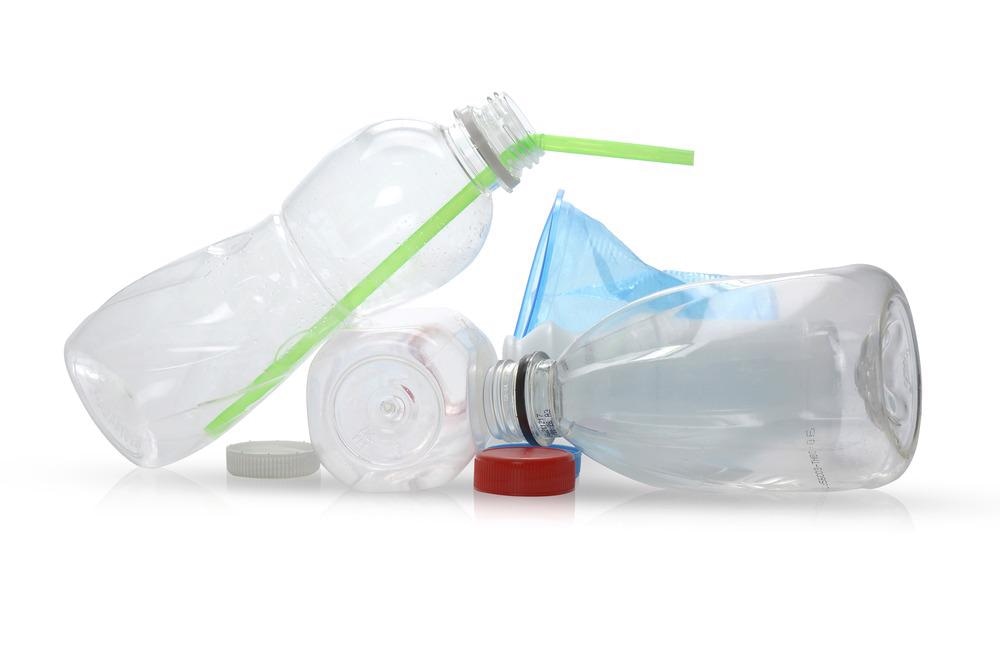Plastic waste presents one of the largest environmental challenges we are faced with and we are producing and consuming more of it now than ever. Finding responsible ways to reuse and recycle plastic ways, perhaps even using it as a potential resource is crucial to safeguarding the future of the environment. A study in the journal Results in Materials explores the synthesis of graphene nanosheets from plastic waste.

Study: Graphene nanosheets derived from waste plastic for cost-effective thermoelectric applications. Image Credit: Dusit Kachatong/Shutterstock.com
As the global energy demand is rising due to increased population growth and urban expansion, finding alternative environmentally compatible ways to sustainably generate power is key to reducing environmental impact. Replacing traditional energy sources like fossil-based fuels with renewable energy sources while finding solutions to the plastic problem could usher in a new wave of green energy production.
One of the characteristics that could be exploited in plastic is its high-carbon content which presents an opportunity for improving waste management strategies and generating added-value products. Now, a group of researchers led by Rajiv K. Singh of CSIR – National Physical Laboratory, New Delhi, India have developed a synthesis method for graphene nanosheets derived from plastic waste.
Graphene Synthesis
In order to synthesize the graphene nanosheets, the team collected waste plastics from a local flea market and sorted each variant into relevant categories: polypropylene (PP), polyethylene (PE), and polyethylene terephthalate (PET). Each of these plastics has a relatively good amount of carbon content and is available in abundance due to consumer demand.
Once sorted, the plastics were cut and subjected to deep washing and then mixed with aluminum oxide Al2O3 to maintain uniformity.
“Al2O3 is introduced as a degradation agent for the development of carbon skeleton during the pyrolysis process,” explains Singh.
Once combined, the mixed plastics were then fed into the primary reactor comprised of Ni metal, which serves as a catalytic bed at the temperature of 400 °C. This was then followed up by secondary stage pyrolysis at 850 °C.
In order to obtain suitable materials, the graphene nanosheets were subjected to a ball mill to produce extremely fine particles of the reduced graphene nanosheets. These were then washed with 5% HCl followed by multiple rinses with distilled water in order to get pure reduced graphene nanosheets (GNs).
Graphene For Effective Energy Conversion
It is thought the graphene nanosheets could be used as a cost-effective material for thermoelectric applications: “Thermoelectric (TE) materials are capable of creating electricity from waste to heat sources. TE devices can directly convert heat into electricity by using the mobility of solid internal carriers even under very low-temperature gradients relative to environmental temperature,” explains Singh.
Graphene 2D structures possess exceptional thermal and electrical mechanical properties while boosting overall material conductivity due to their unique geometry. However, large-scale production of graphene nanosheets still presents something of a challenge - one that the research community is committed to overcoming to unlock the power of graphene for effective energy conversion and storage devices.
While there is a range of chemical methods available for the synthesis of graphene, existing methods such as chemical vapor deposition tend to be time- and labor-intensive, and high in cost. Therefore, graphene produced using existing methods is not suited for use in low-cost industrial applications at scale.
However, according to Singh, he and his team are able to depict a cost-effective mass-scale production technique, which can yield high-quality graphene nanosheets: “hence, the present form of the graphene can be used for variety of real-life applications.”
The graphene nanosheets the researchers were able to derive from plastic waste can be used in a variety of applications including use in supercapacitors, perovskite solar cells, dye-sensitized solar cells, and cementing applications. The team was also able to show that the graphene nanosheets demonstrated good thermoelectric characteristics making them suitable candidates for use in a number of thermoelectric devices.
Published in the journal Results in Materials, Singh and his team detail the specific thermoelectric qualities of the waste plastic-derived graphene nanosheets. One of their main findings was that the electrical conductivity of the graphene nanosheets was greatly enhanced with a temperature boost, suggested in the resistivity data of the material.
As sustainable energy generation presents a series of economic and ecological challenges the reuse of waste plastic materials could offer a promising boost to the ‘Waste to Wealth’ mission in India. Additionally, as well as reducing the overall carbon footprint of materials, the method demonstrates the novel properties and synthesis of graphene nanosheets.
References & Further Reading:
Kuldeep K. Garg, Sandeep Pandey, Amit Kumar, Aniket Rana, Nanda Gopal Sahoo, Rajiv K. Singh, “Graphene nanosheets derived from waste plastic for cost-effective thermoelectric applications”, Results in Materials, Volume 13, 2022. https://www.sciencedirect.com/science/article/pii/S2590048X22000085?via%3Dihub
Waste to Wealth, Office of the Principal Scientific Advisor to the Government of India: https://www.wastetowealth.gov.in/
Disclaimer: The views expressed here are those of the author expressed in their private capacity and do not necessarily represent the views of AZoM.com Limited T/A AZoNetwork the owner and operator of this website. This disclaimer forms part of the Terms and conditions of use of this website.